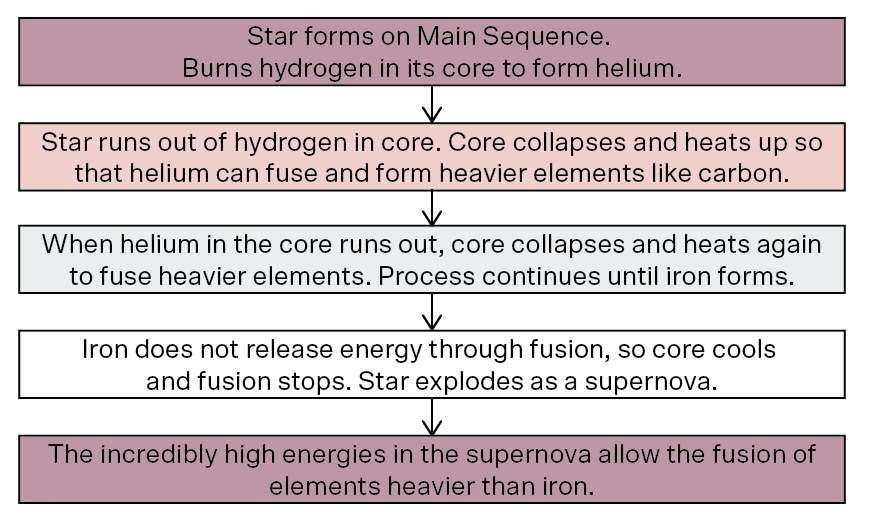Are you struggling to understand the vastness of Physics? On this article, we’ll clarify the core ideas From the Universe to the Atom so you possibly can energy by means of all of the NESA syllabus necessities for the Module!
From the Universe to the Atom | HSC Physics Examine Information Half 4
The final module in Yr 12 Physics brings all the pieces from the earlier modules collectively and covers all the pieces from, effectively…the Universe to the Atom. This module expands additional into trendy physics and builds on quantum mechanics and relativity, introducing nuclear physics, astrophysics and cosmology. It’s a captivating module, however it’s additionally vital to grasp the small print of those new complicated concepts clearly.
The flowcharts beneath present how these concepts are clearly structured within the Matrix Yr 12 Physics Concept Books.
1. The Discovery and Characterisation of the Electron
One of the vital advances college students study on this module is the discovery and characterisation of the electron. Following its discovery by J. J. Thompson, Robert Millikan and Harvey Fletcher decided the cost and mass of the electron. The method is printed beneath:
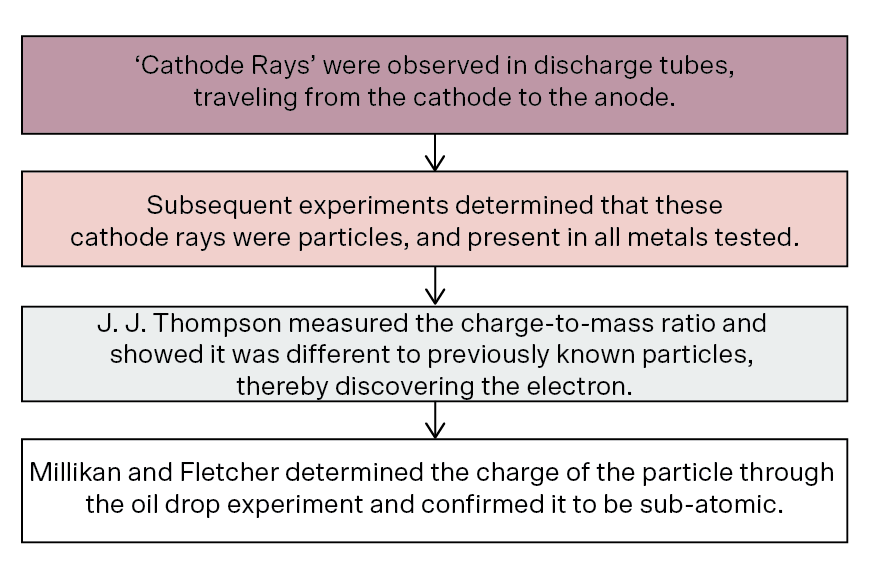
2. The Improvement of the Nuclear Mannequin of the Atom
Following the invention of the electron Thompson proposed them plum pudding mannequin of the atom. Nevertheless, this failed to elucidate how alpha particles scattered from skinny gold foil. Ernest Rutherford developed the nuclear mannequin of the atom to elucidate these experimental outcomes:
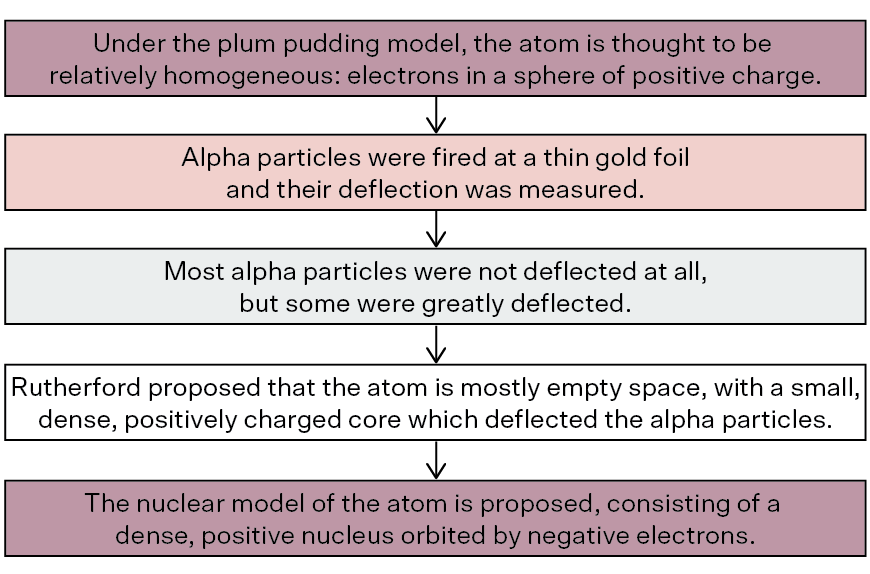
3. Atomic Absorption and Emission Spectra
An unexplained experimental commentary on the time had been atomic absorption and emission line spectra: every component absorbed or emitted solely particular frequencies of sunshine. This phenomenon was finally defined with the Bohr mannequin of the atom, which proposed that electrons exist solely in sure steady orbits. Bohr used this mannequin to elucidate the spectrum of hydrogen.
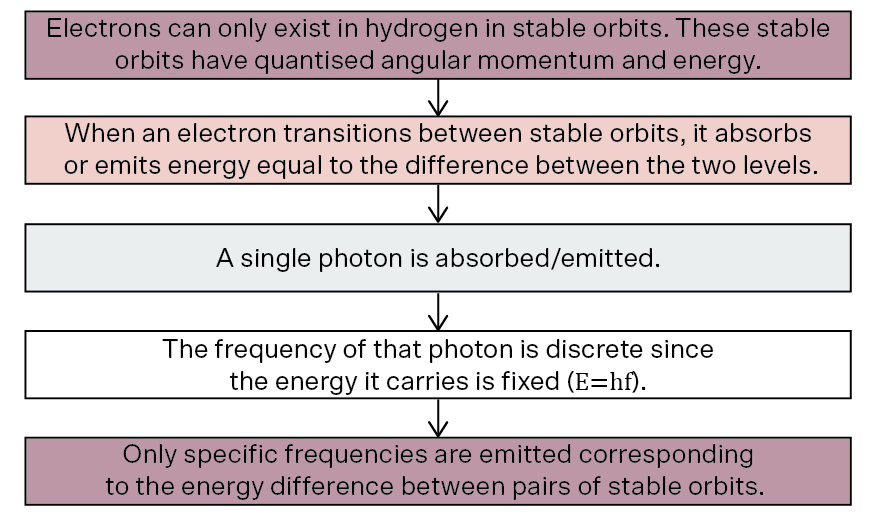
4. The Wave Nature of Matter
Following Einstein’s proposal of the photon mannequin and the twin wave-particle nature of sunshine, Louis de Broglie steered that all matter has wave-like properties. These properties defined the steadiness of the Bohr mannequin, and had been prolonged upon by Schrödinger within the quantum mannequin of the atom:
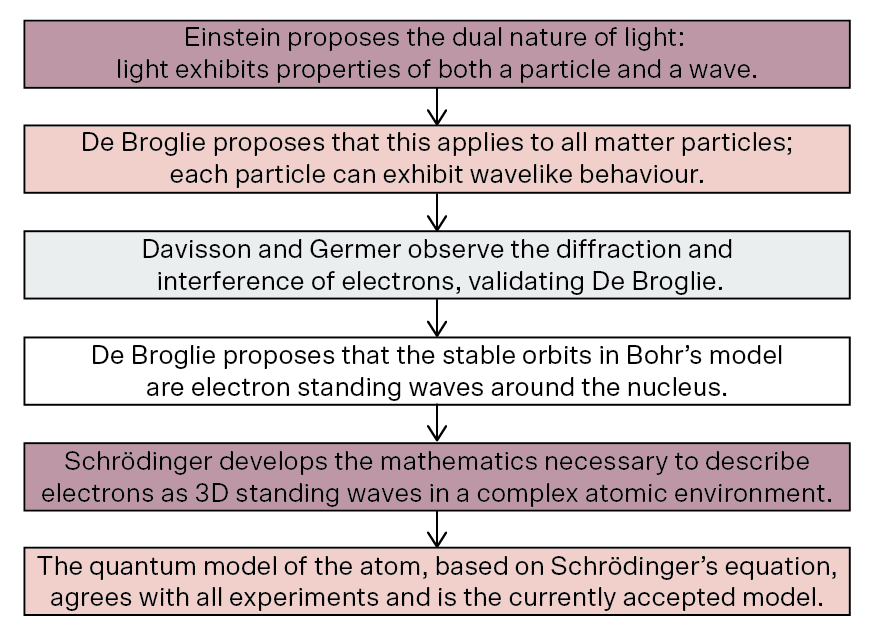
5. Atomic Fusion and Atomic Fission
Fusion describes two nuclei fusing collectively to type a bigger nucleus. Fission is the other course of – a big nucleus splits into two or extra daughter nuclei and different decay merchandise. Curiously, each of those processes might launch vitality, relying on the binding vitality of the reactants and merchandise. Sometimes, the fusion of small nuclei (atomic quantity lower than iron) will launch vitality, as will the fission of enormous nuclei (atomic quantity better than iron).
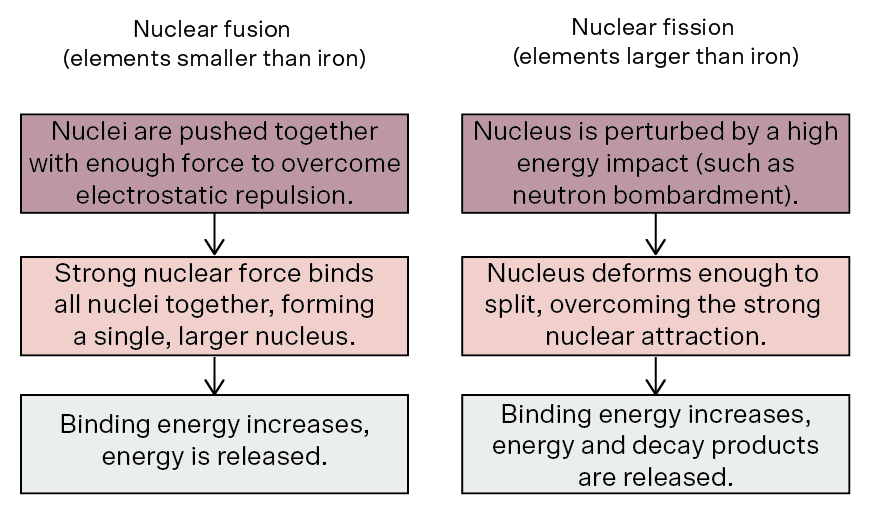
6. Component Formation in Stars
All components within the universe (besides hydrogen and a few helium) had been fashioned by means of fusion reactions inside stars. Components lighter than iron might be fashioned by means of fusion reactions in the course of the lifetime of a star, as fusion of those components will launch vitality. Because the fusion of heavier components requires a internet vitality enter, components heavier than iron can solely be fashioned in supernovae, when bigger stars explode. These extremely energetic explosions present the vitality required for heavier nuclei to fuse. The flowchart beneath outlines how components are fashioned in such a big star:
